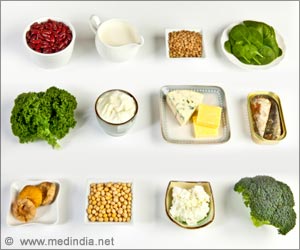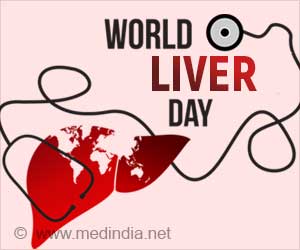Highlights:
- Food and Agriculture Organization (FAO) celebrates World Food Day on 16th October every year to achieve Zero Hunger by 2030
- The aim is to create awareness and to take action for people suffering from hunger and to ensure the need for food security and nutritious diets
- Food production needs to be increased by 50 percent to meet the needs of people, globally
World Food Day is celebrated every year on 16th October to commemorate the founding of the Food and Agriculture Organization (FAO), United Nations in 1945 to achieve Zero Hunger Huger by 2030. The theme for the year 2017 is ’Change the future of migration, Invest in food security and rural development.’ It addresses people to have to migrate safely and orderly, as the numbers of people who go hungry are rising after decades of progress.
In over 150 countries around the world, events are organized to make this day as one of the most celebrated days in the UN calendar. These events help promote awareness and plans to take action for those who are suffering from hunger and ensures the need for food security and the importance of consuming a nutritious diet.
The main focus of the World Food Day is that ‘food is a basic human right.’ Worldwide, about 805 million people live with chronic hunger. Nearly, 60 percent women and about five million children who are under the age of five die every day due to malnutrition-related causes.
Migration and Rural Development
Migration is the movement of people from within a country to across international borders.In 2016, about 815 million people suffered from hunger worldwide due to conflicts, droughts, and floods, according to the report of State of Food Security and Nutrition, 2017.
Most of the poor around the world live in rural areas, and much rural youth, particularly in sub-Saharan Africa. The people migrate when there are no productive opportunities available.
Facts on Migrants
- In 2015, international migrants were about 244 million.
- One-third of all international migrants were in the age group of 15 and 34 years and half of them were women.
- Most of the migrants come from rural areas, and more than 75 percent of the poor depend on agriculture and natural resources.
Link between Food Insecurity and Migration
Migration should not be forced; rather it should be a choice. International cooperation should address this issue and create conditions that will allow communities to live in peace and prosper in their homelands.Agriculture and rural development can address the causes of migration like rural poverty, food insecurity, unemployment, inequality, lack of social protection. Natural resource depletion caused due to environmental degradation and climate change can also be addressed.
More than 815 million people still go hungry, despite the fact that there is more than enough food produced in the world.
The population is estimated to rise to around 10 billion by 2050, according to Sustainable Development Goal 2 (SDG 2). The most difficult challenge the world faces is to ensure food to the ever growing population and to meet the nutritional needs of people all around the world.
Globally, food production needs to be increased by 50 percent, to meet the needs of the people.
Food security requires a holistic approach towards malnutrition, productivity, incomes of small-scale food producers, the sustainable use of biodiversity, the resilience of food production systems and genetic resources.
Along with food security, women’s educational status, access to clean water, sanitation, quality health services, lifestyle, resources allocated to national policies, programmes for maternal, infant and young child nutrition, food environment and culture are some of the other factors that help in improving nutritional outcomes.
Facts About Hunger
- 1 in 9 people suffer from hunger, and 60 percent of them are women.
- Nearly, 80 percent of the worlds extreme poor live in rural areas and depend mostly on agriculture.
- About 45 percent of infant deaths that occur are related to malnutrition.
- Globally, one-third of the food produced is lost or wasted.
"Peace is, of course, the key to ending these crises, but we cannot wait for peace to take action. It is extremely important to ensure that these people have the conditions to continue producing their food. Vulnerable rural people cannot be left behind, especially youth and women," said José Graziano da Silva, FAO Director-General.
References:
- Change the future of migration. Invest in food security and rural development. - (http://www.fao.org/world-food-day/2017/theme/en/)
- World Food Day 2017 - (http://www.fao.org/3/a-i7323e.pdf)
- World food day - (https://www.oxfamamerica.org/take-action/events/world-food-day/)
- Know More About World Food Day - (https://glade.org/world-food-day/?gclid=EAIaIQobChMIwsuRhabt1gIVgZW9Ch3X-gIWEAMYASAAEgKZ0vD_BwE)
Source-Medindia
















